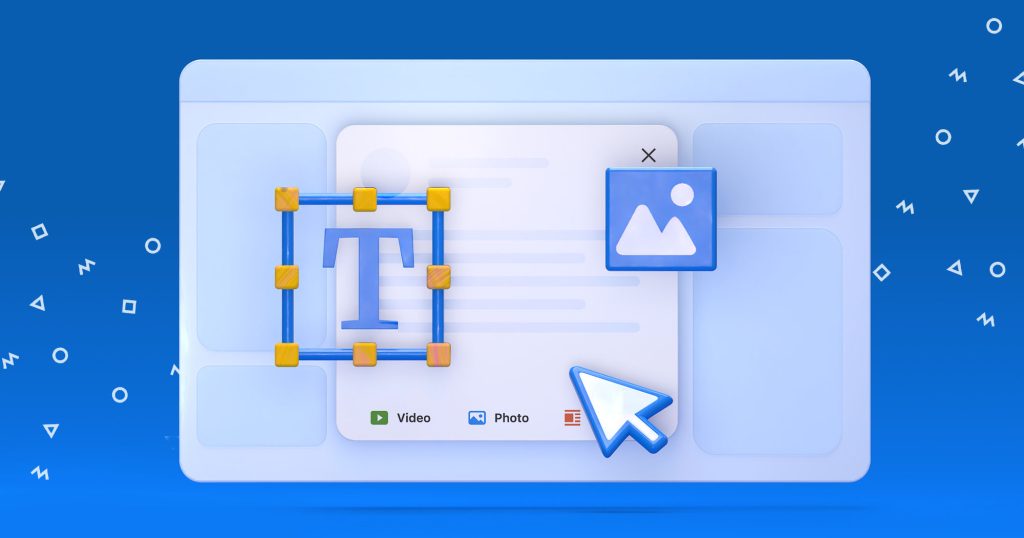All businesses run on data. From prospect contacts to user activity logs, there is tons of varied information circulating around an organization. Being able to put it to good use is crucial. After all, running a business without a solid data-backed strategy is similar to trying to get from point A to point B blindfolded.
Yet it’s impossible to make sense of the available data and use it well, if it’s siloed, outdated, or simply scattered across multiple B2B email data lists and tools. That is why any organization has to adopt some best practices for B2B data management.
But first let’s start with the basics and talk about the certain types of data used by businesses and, most importantly, where it all comes from.
Where do businesses get their data?
According to our friends at Hightouch – the data activation platform – today there are more data sources than ever before. Yet most of them fall under one of four categories.
-
- Applications are the most common data sources, and they consist of SaaS tools like HubSpot, Salesforce, Iterable, Braze, NetSuite, etc. These tools collect first-party data on core user attributes.
- Events consist of web/clickstream data collected via SDKs (software development kits) and third-party code deployed on your website to capture events like page views, items in the cart, session length, etc.
- Files are less common but still highly relevant as many companies operate using spreadsheet software like Excel or Google Sheets.
- Internal databases are mainly used to power customer-facing or internal applications. These data sources only store business-critical data like user information, product catalogs, financial transactions, etc.
With so many data sources available, it’s even more difficult to manage the info that you’re collecting. This is a common challenge:
“Business teams are constantly having to navigate between tools in order to maintain a holistic view of the customer, and this is extremely inefficient. Every team should have access to the same customer data, not just the limited view in their SaaS tool. Unfortunately, very few companies realize this dream of Data Activation, and their business teams operate in silos.”
Luke Kline, Content marketing manager at Hightouch
Yet before we focus on proper maintenance and management practices to help you keep your data organized, let’s talk about some of the most important B2B data types every business collects and uses.
What are some types of B2B data sales teams use?
As mentioned above, there are many different types of data businesses can make use of in various aspects of their operations. Let’s talk specifically about the information collected and utilized by sales and revenue teams.
For example, user activity data is crucial for sales teams using product-led growth tactics. This includes anything from user logs to direct customer feedback (e.g., net promoter score surveys). Using this kind of information, you can understand some common behavioral patterns and optimize your customer journey and product or adjust your ideal customer profile to drive adoption and, eventually, grow revenue.
Similarly, sales and marketing teams often have dashboards to keep track of prospect activity throughout the sales cycle. This varies from website traffic, content views/downloads, and ad click-through rates to direct sales engagement across multiple channels, like email opens and replies, logged calls, booked demos, etc.
But if there’s one type of information that EVERY sales team uses daily it’s B2B contact data. If you think about it, any lead generation activity, either cold outreach or inbound tactics, has one goal – to build vast prospect lists. Sales teams will then use these B2B data lists to convert prospects into customers through engagement and nurturing.
The prospect lists may contain different types of info – from prospect names and email addresses to direct dials and social media profile links. B2B email data lists will often also specify prospects’ job titles, as well as company data and even some personal details, e.g., hobbies or anything else that could be used to personalize your messaging.





![New in 2025: Reply.io Teams Up with Persana AI [+Live Webinar] New in 2025: Reply.io Teams Up with Persana AI [+Live Webinar]](https://reply.io/wp-content/uploads/persana.io_-1024x538.jpg)